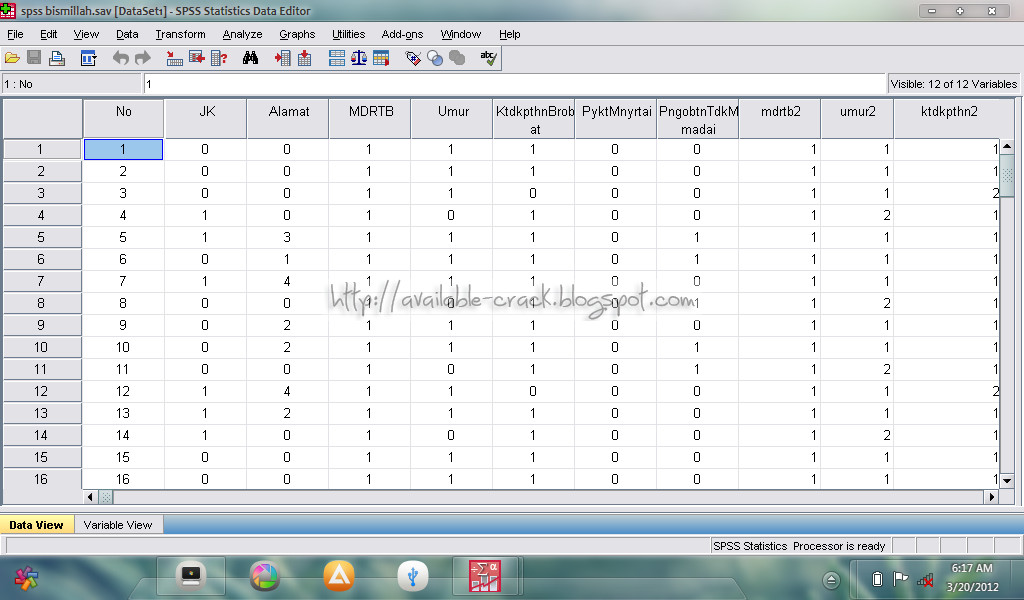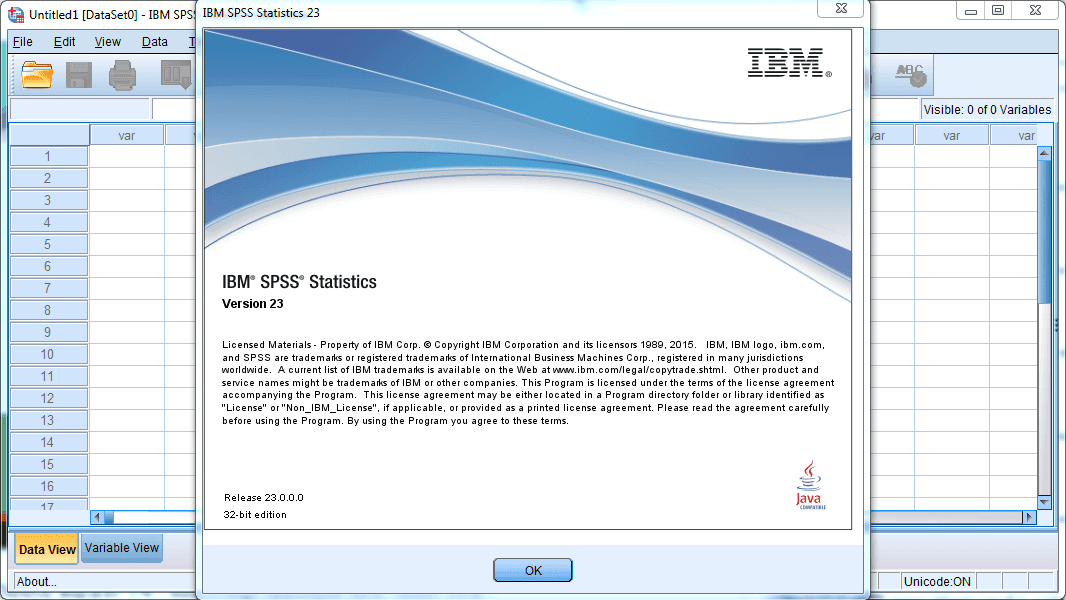

While elevation in EA occurs as a result of gram-negative bacteremia, high EA levels have also been reported to occur independent of gram-negative bacteremia, suggesting the potential for endotoxin translocation across a dysfunctional gastrointestinal barrier. also showed that high EA level in patients with sepsis was associated with higher vasopressor requirements and increased hospital mortality as compared with intermediate and low EA groups. Furthermore, the Multi-Center Endotoxin Detection in Critical Illness (MEDIC) study has demonstrated that high endotoxin activity (EA) level in blood was associated with higher rates of sepsis and mortality.

Spss 23 trial drivers#
Įndotoxin (lipopolysaccharide) is a component of the outer wall of gram-negative bacteria, which has been investigated and acknowledged as one of the triggers of lethal shock during sepsis and drivers of cytokine storm. Specifically, septic shock was present in 6.4% patients with severe COVID-19, but blood cultures and lower respiratory cultures were negative for bacteria or fungus in 76% of these patients. These initial reports also noted that critical disease, which included respiratory failure, septic shock and/or multi-organ failure occurred in 5% of the cases.

In early reports from China, a significant proportion of patients demonstrated features of pneumonia in the setting of COVID-19 and approximately a 3rd of those cases required admission to the intensive care unit (ICU) with 15% being fatal. As of February 20, 2020, >100 million confirmed cases resulting in over 2 million deaths were reported worldwide. While we observed that elevated EA and nonresponsiveness to EA were associated with AKI in critically ill patients with COVID-19, these findings require further validation in larger longitudinal cohorts.Ĭoronavirus disease 2019 (COVID-19) has been declared a global pandemic. Discussion/Conclusion: Elevated EA was observed in a large majority of critically ill patients with COVID-19 and multi-organ dysfunction despite a low incidence of concurrent gram-negative bacteremia. NRs (5/6, 83%) and patients with high EA (7/14, 50%) exhibited higher acute kidney injury (AKI) as compared to patients with low/intermediate EA level (1/12, 8.3%). A significant proportion of the patients exhibited either elevated EA in the intermediate range (0.40–0.59 EA units) (10/32, 31%) or high range (≥0.60 EA units) (14/32, 44%) or were nonresponders (NRs, low neutrophil response) to EA (6/32, 19%), with the presence of gram-negative bacteremia only in 2/32 (6%) patients. The median age of the study cohort was 60 years with a majority male (21/32, 65%) with hypertension (50%). Results: A total of 32 patients met the inclusion/exclusion criteria for measurement of EA. Endotoxin activity (EA) was measured in patients that met the following criteria: (1) age ≥18 years and (2) multi-organ dysfunction score >9 from March 24, 2020, to June 20, 2020. Materials and Methods: This is a single-center cross-sectional study of 92 intensive care unit patients diagnosed with COVID-19 pneumonia. Previous reports demonstrate the existence of endotoxemia in viral infections without superimposed gram-negative bacteremia, but the rate and severity of endotoxemia in critically ill patients with COVID-19 requires further exploration. Introduction: Mechanism(s) mediating critical illness in coronavirus disease 2019 (COVID-19) remain unclear.


 0 kommentar(er)
0 kommentar(er)
